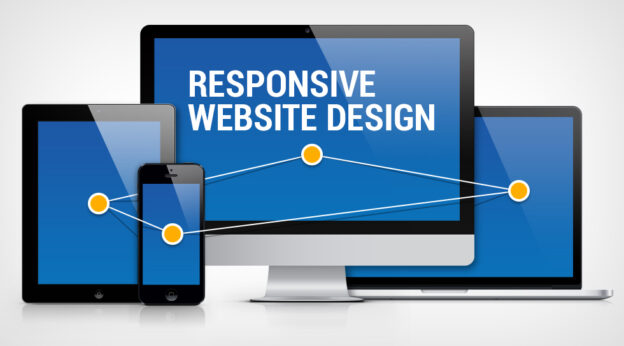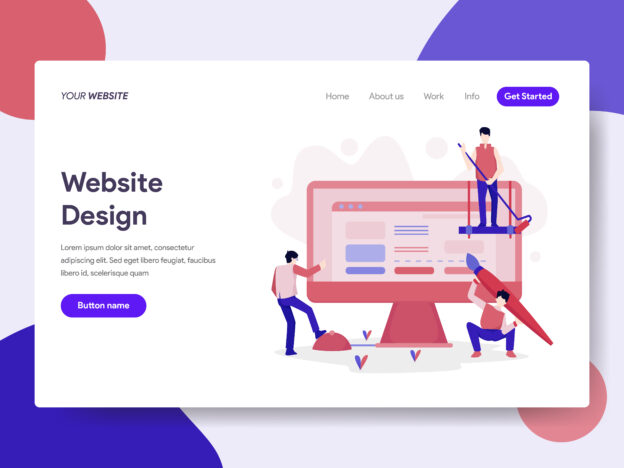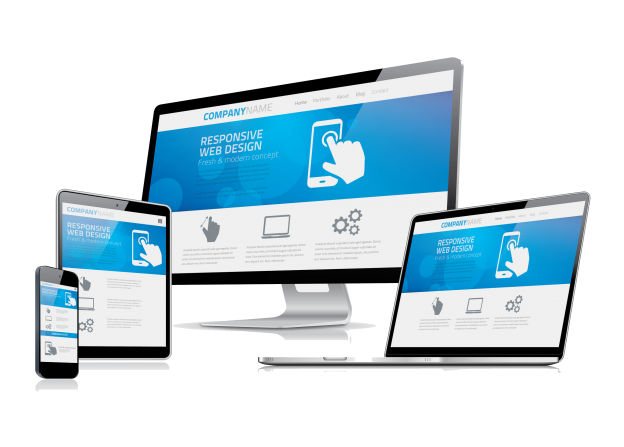In the vibrant and rapidly evolving landscape of technology, mobile applications have become the cornerstone of innovation and convenience. From streamlining daily tasks to revolutionizing entire industries, the power of mobile apps is undeniable. In Mauritius, a picturesque island nation in the Indian Ocean, this digital revolution has taken root, with a burgeoning ecosystem of mobile app development. Let’s delve into the journey of mobile app development in Mauritius, from conceptualization to coding.
Conceptualization:
Every mobile app begins with an idea, a spark of inspiration that ignites the imagination of developers. In Mauritius, this process often starts with identifying gaps in the market or addressing specific needs within the local community. Whether it’s enhancing tourism experiences, improving access to essential services, or facilitating e-commerce, the diversity of app concepts reflects the dynamic nature of Mauritian society.
Market Research:
Once an idea takes shape, thorough market research is crucial. Developers in Mauritius analyze demographics, user behavior, and competition to refine their concepts and ensure viability in the market. Understanding user preferences and pain points is essential for crafting user-centric apps that resonate with the Mauritian audience.
Design and Prototyping:
With a clear vision in mind, designers in Mauritius translate concepts into visually appealing interfaces. User experience (UX) and user interface (UI) design play a pivotal role in creating intuitive and engaging app experiences. Prototyping tools allow developers to test usability and gather feedback from stakeholders, iterating until the design meets user expectations.
Development:
The development phase marks the transition from concept to code. Skilled developers in Mauritius leverage a variety of programming languages and frameworks to bring apps to life. Whether it’s native development for iOS and Android or cross-platform solutions, the goal is to deliver robust, scalable, and secure applications that perform seamlessly across devices.
Testing and Quality Assurance:
Quality assurance is paramount in the mobile app development process. Testing ensures that apps function as intended, free from bugs and glitches. In Mauritius, dedicated QA teams meticulously evaluate every aspect of the app, from functionality and performance to compatibility and security. Rigorous testing protocols help maintain high standards of quality and reliability.
Deployment and Maintenance:
Launching an app is just the beginning. Continuous maintenance and updates are essential to keep pace with evolving user needs and technological advancements. In Mauritius, developers monitor app performance, gather user feedback, and implement improvements to enhance user satisfaction and drive engagement.
Conclusion:
The journey of mobile app development in Mauritius is a testament to the island’s innovation and entrepreneurial spirit. From concept to code, developers navigate a complex landscape with creativity, skill, and dedication. As Mauritius embraces digital transformation, mobile apps will continue to play a pivotal role in shaping the future of technology on the island. With a vibrant ecosystem of developers and a growing demand for innovative solutions, the possibilities are limitless in the dynamic world of mobile app development in Mauritius.
When partnering with Web Development Agency for your Mobile App development, you get to work with a high-performance interdisciplinary team that meets your goals predictably, requires little management oversight, and is answerable for results.









